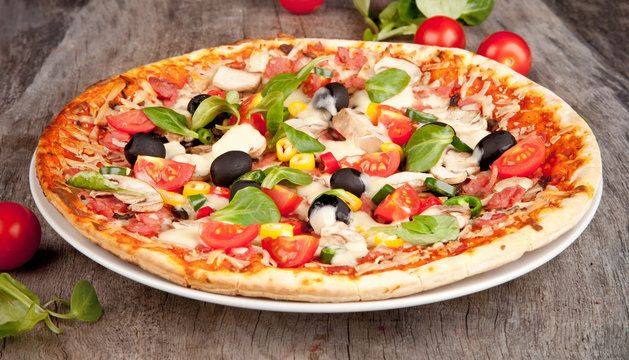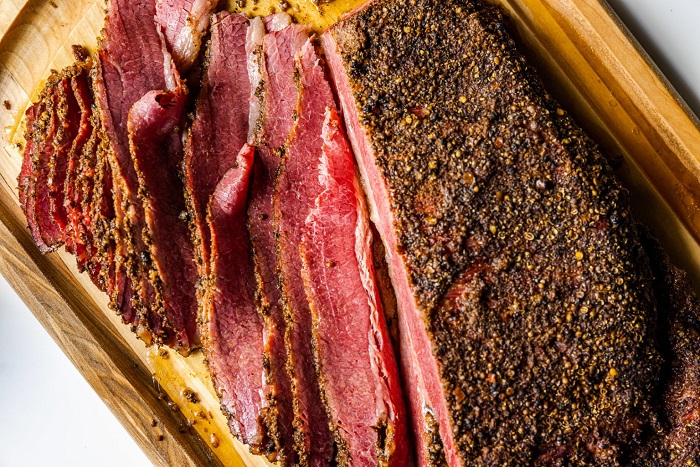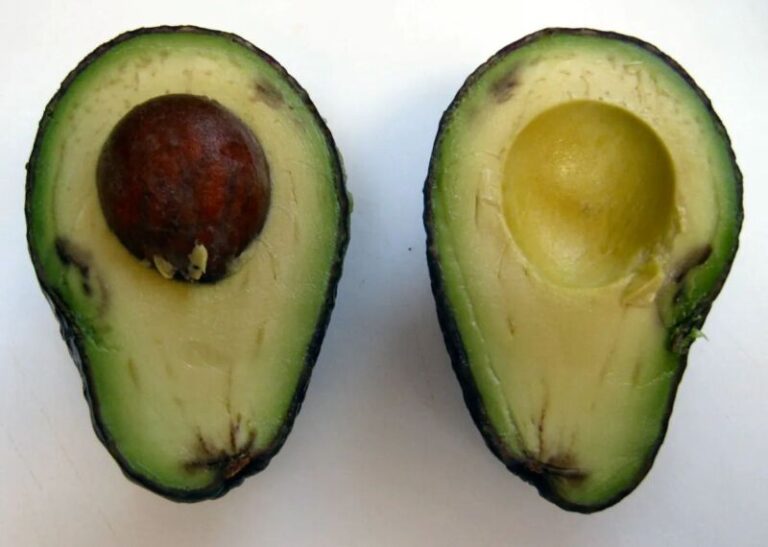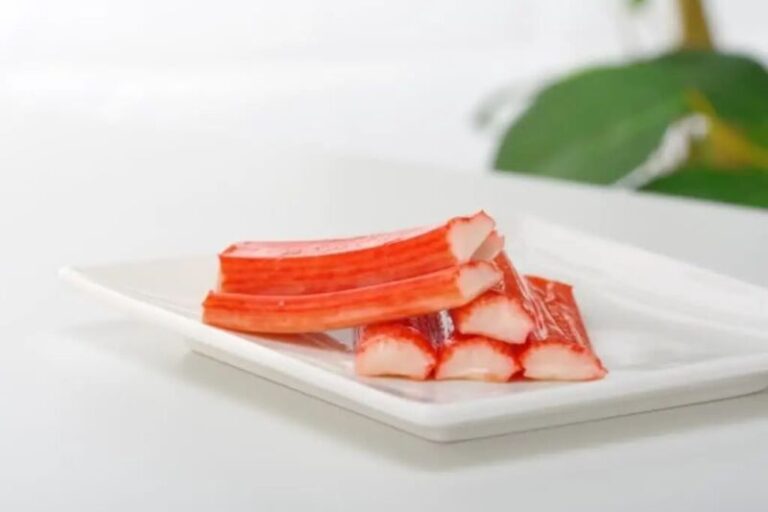How Many Slices in a 10-inch Pizza?
When it comes to pizza, one of the most common questions people ask is, “How many slices are in a 10-inch pizza?” The answer to this question can vary depending on the pizza place and their cutting methods. In this article, we will discuss the standard number of slices in a 10-inch pizza and how it may differ from one pizza place to another.
How Many Slices in a 10-inch Pizza?
A 10-inch Pizza: Small but Satisfying
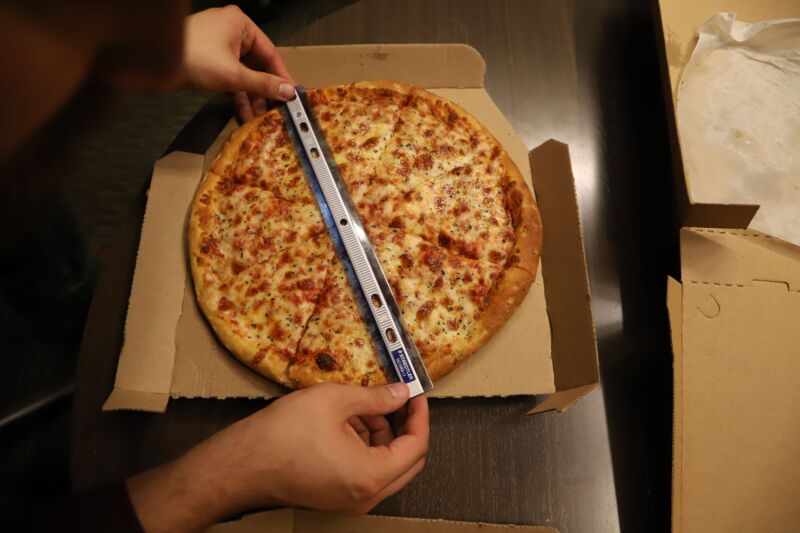
A 10-inch pizza is generally considered a “small” pizza. This size is perfect for those who want a quick meal or a light snack. Small pizzas are usually available in 8 or 10 inches in size, which makes them a popular choice for individuals or couples who don’t want to overeat. It’s important to note that the size of a pizza can vary slightly between pizza places, as some may offer a 9-inch pizza instead of a 10-inch one.
Standard Number of Slices in a 10-inch Pizza
Typically, a 10-inch pizza comes with six slices. This is the standard cutting method used by most pizza places. Each slice is large enough to provide a satisfying bite, yet small enough to allow for easy handling. With six slices, a 10-inch pizza can be shared among two to three people, or even enjoyed as a meal for one if you have a big appetite.
Variations in Slice Numbers
While the standard number of slices in a 10-inch pizza is six, some pizza places may cut the pizza into eight or even ten smaller slices. This can be beneficial for those who want to enjoy more slices without consuming too much pizza. Smaller slices can also be a great option for children, as they may not be able to finish a standard-sized slice.
In some instances, a pizza place may offer a customizable cutting option, allowing customers to choose the number of slices they want. This can be particularly useful for those hosting a party or gathering, as it allows for greater flexibility in portion sizes.
Factors Affecting Slice Sizes
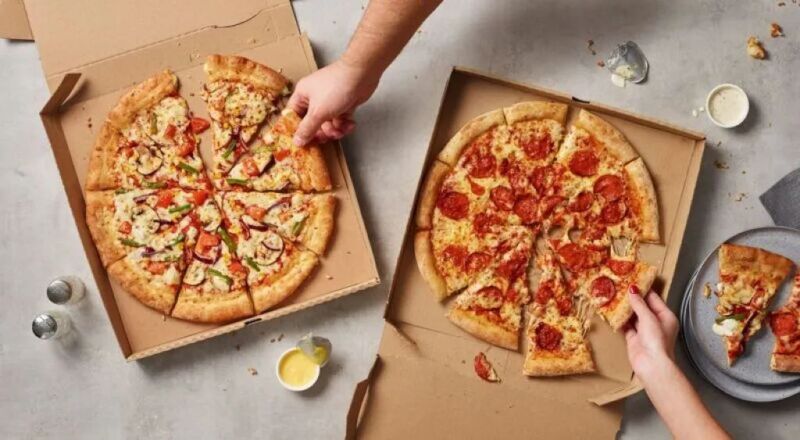
It’s essential to keep in mind that the number of slices in a 10-inch pizza may also be influenced by the thickness of the pizza crust. A thin-crust pizza may have more slices than a thick-crust pizza, as the slices can be cut smaller without compromising the structure of the pizza. Additionally, the type of toppings on the pizza can also impact the number of slices. For instance, a pizza loaded with heavy toppings may be cut into fewer slices to prevent the toppings from falling off.
How Many Does A 10 Inch Pizza Feed?
A 10-inch pizza is a popular choice for those looking for a smaller meal or a light snack. But how many people can a 10-inch pizza serve? The answer to this question depends on several factors, such as the number of slices, the appetite of the people being served, and the presence of side dishes.
Serving Sizes Based on Number of Slices
A 10-inch pizza with six slices could technically serve six people if each person has one slice. However, this may not be enough to satisfy everyone’s appetite, especially if pizza is the main course of the meal. It’s more reasonable for a 10-inch pizza to serve three people, with each person having two slices. This allows for a more generous portion size and ensures that everyone gets to enjoy a satisfying meal.
In some cases, a 10-inch pizza may be cut into eight or ten smaller slices. In this scenario, the pizza could potentially serve four to five people if each person has one or two smaller slices. However, it’s important to note that smaller slices may not be as filling as standard-sized slices, so additional side dishes may be necessary to ensure everyone is satisfied.
Adding Side Dishes to Stretch the Pizza
If you’re looking to stretch a 10-inch pizza to serve more people, consider adding side dishes like breadsticks, salad, or pasta to the meal. These side dishes can help fill up guests and ensure that everyone gets enough to eat, even if the pizza itself isn’t enough to feed everyone. By offering a variety of side dishes, you can also cater to different tastes and dietary preferences, making the meal more enjoyable for all.
Best Serving Size for a 10-Inch Pizza
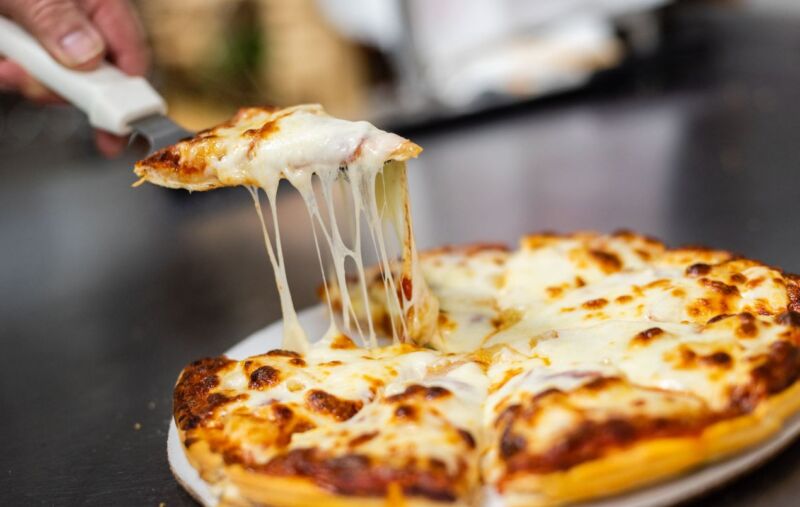
Taking all factors into consideration, a 10-inch pizza is best for serving one to three people. If the pizza is the main course and no side dishes are being offered, it’s best to plan for each person to have two slices. If the pizza is part of a larger meal with several side dishes, you may be able to stretch the pizza to serve up to six people, with each person having one slice.
However, it’s important to be mindful of the appetite of the people being served, as some individuals may require more than two slices to feel satisfied. In such cases, it may be necessary to order a larger pizza or provide additional side dishes to ensure everyone has enough to eat.
Conclusion
A 10-inch pizza is a popular choice for those looking for a smaller meal or a light snack. With its six slices, it is considered a small pizza and is best suited for one to three people. However, it’s essential to understand the limitations of a 10-inch pizza when planning to serve a larger group of people, as well as the potential variations in the number of slices depending on the pizza place.
While it’s technically possible to serve a party of six with a 10-inch pizza, it’s not recommended. With six slices, each person would only have one slice, which may not be enough to satisfy their appetite. If you’re hosting a larger gathering, it’s best to opt for a larger pizza or order multiple 10-inch pizzas to ensure everyone has enough to eat. Alternatively, you can also provide a variety of side dishes to supplement the pizza and help fill up your guests.
FAQs
Is a 10-inch pizza considered a personal-sized pizza?
A 10-inch pizza is not considered a personal-sized pizza, which is typically 6 or 8 inches in diameter. While a 10-inch pizza can certainly be enjoyed by one person, it is generally considered a “small” pizza and is suitable for serving one to three people. A personal-sized pizza, on the other hand, is designed to be consumed by a single individual and is often offered in smaller sizes to accommodate a single serving.
How many square inches of area does a 10-inch square pizza have?
A 10-inch square pizza has 78 square inches of area. To calculate the area of a square pizza, simply multiply the length of one side by itself (10 inches x 10 inches = 100 square inches). This calculation can help you determine the overall size of the pizza and compare it to other pizza sizes to ensure you are ordering the right amount of food for your needs.
What is the serving size for Domino’s 10-inch pizza?
Domino’s 10-inch pizza is considered their “small” size, serving one to three people. This pizza size typically comes with six slices, allowing each person to enjoy two slices of pizza. However, the serving size can vary depending on the appetite of the people being served and the presence of side dishes or additional courses in the meal.
How many slices are in Papa John’s 10-inch pizza?
Papa John’s 10-inch pizza is also their “small” size and comes with six slices. This pizza size is suitable for serving one to three people, depending on their appetite and whether or not side dishes are being offered. Similar to other pizza places, the number of slices in a 10-inch pizza can vary depending on the cutting method used by the restaurant.
How many calories are in a 10-inch pizza?
The number of calories in a 10-inch pizza depends on the toppings, crust type, and the specific restaurant from which you are ordering. On average, a 10-inch pizza with a standard crust and a mix of popular toppings (such as pepperoni, cheese, and vegetables) can contain around 1,000 calories. However, this number can vary significantly depending on the ingredients used and the preparation methods employed by the restaurant.
It’s important to note that the calorie count can also be influenced by factors such as the thickness of the crust, the type of cheese used, and the quantity of toppings. To get a more accurate estimate of the number of calories in a specific 10-inch pizza, it’s best to consult the nutritional information provided by the restaurant or use online resources to calculate the calorie content based on the specific ingredients used.
